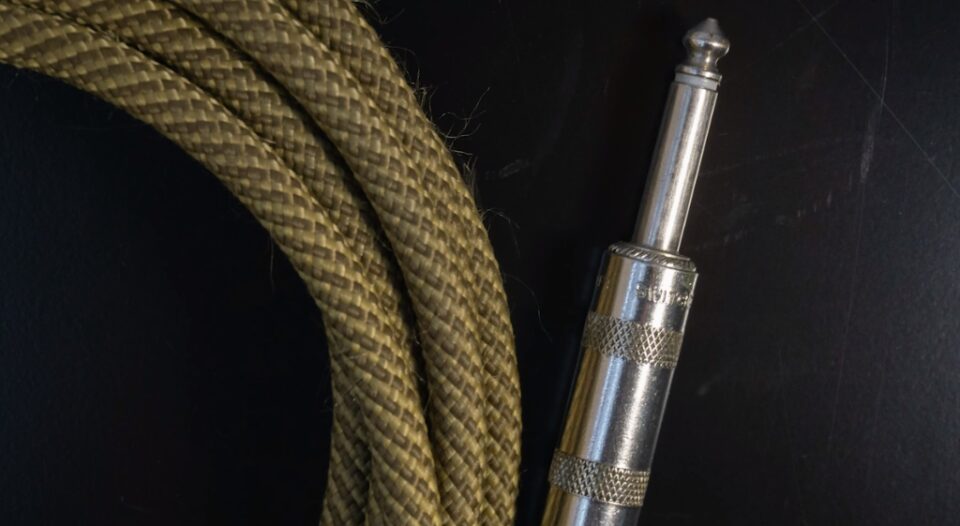High-fidelity audio cables often spark intense debate. Some audiophiles swear by their impactful selection; conversely, others consider expensive lines just a marketing gimmick. In this article, we dispel some common audio cable myths while offering practical guidance as to which investments may or may not provide value for your dollar.
Audio cable myths are misconceptions or beliefs about the role and performance of audio cables in audio systems. These myths often arise from a combination of technical misunderstandings, marketing hype, and subjective experiences.
It’s important to separate fact from fiction when it comes to audio cables, as making informed decisions can help you get the best audio quality for your setup without unnecessary expenses or misconceptions. Here are some common audio cable myths
One of the most pervasive myths is that expensive, high-end audio cables offer significantly better sound quality than affordable ones. While quality construction can make a difference, the improvements tend to be subtle and may not be perceivable in most home audio setups. There’s little scientific evidence to support the notion that extremely expensive cables make a significant difference in audio quality.
Gold-plated connectors are often marketed as providing better conductivity and corrosion resistance. In practice, this is rarely relevant in consumer audio applications, as the differences in conductivity between gold and other materials used for plating are minimal. Gold-plated connectors may provide some durability benefits but typically don’t lead to noticeable sound quality improvements.
Myth 1: More Expensive Cables Always Deliver the Better Sound Quality

One of the more pervasive myths in audio equipment is the misconception that more expensive products produce superior sound quality.
According to this theory, cables made with higher-grade materials or featuring unique design features often deliver an exceptional audio experience, and this belief can be reinforced through marketing hype, anecdotal evidence, and even psychological effects linked to price-equaling quality.
However, it is more complicated. According to Audio Art Cable, utilizing cables with adequate shielding against interference is critical for good sound reproduction. Spending a small fortune rarely yields discernable improvements for average listeners.
That doesn’t mean all cables are equal either; once beyond specific points, however, return on investment decreases rapidly – indeed, often even lower priced cables provide identical or similar performance!
Myth 2: Gold-Plated Cables Are Better
Gold-plated connectors are often featured when discussing audio cable quality. As gold is an inert metal that doesn’t oxidize or corrode over time, making it the ideal material to maintain clean connections without corrosion, many consider gold-plated cables to offer superior audio quality as a result of this perception.
Gold-plated connectors may seem beneficial in home audio setups; however, in reality, the advantages can often be minimal. When properly maintained in an environmentally controlled space, however, regular connectors typically perform equally as well – the real advantage being longevity, especially for professional or harsh environments in which corrosion might present an issue.
Myth 3: Cable Burn-in Improves Performance

Burn-in time for audio cables is another prevalent myth among audiophiles, though. Some purists contend that threads require significant use before reaching optimal performance levels; this belief stems from speakers and headphones altering over time due to the physical movement of diaphragms or other parts.
However, cables don’t fall victim to this physical process: their electrical properties remain the same no matter their usage. Therefore, the idea that optimal sound quality requires a “burn-in” period for its cable to deliver optimal quality may be entirely false and cause unnecessary wait periods or costs associated with services offering pre-burned-in lines.
Myth 4: All HDMI Cables Are Equivalent
Though it might seem that all HDMI cables are created equal, this assumption would need to be revised. These cables serve multiple functions – including transmitting both audio and video signals – so their specifications will depend on both the resolution and format of content being delivered over them.
Standard HDMI cables will suffice for basic audio and 1080p video transmission; however, for transmitting 4K/8K videos or high-resolution audio data quickly and reliably. In such instances, investing in high-quality cables could make an immense difference to your viewing and listening experiences.
Myth 5: Digital Cables Do Not Affect Sound Quality

Many mistakenly believe that because digital signals consist of ones and zeroes, cable quality does not significantly impact sound quality. Although digital signals tend to be less susceptible to interference-induced degradation compared with analog ones, cable quality still matters immensely for good quality.
Poorly constructed digital cables may lead to greater levels of jitter–tiny timing errors during transmission of digital signals–that degrade sound quality, producing less clear and precise audio output. Therefore, selecting quality digital cables to ensure their integrity.
While debunking audio cable myths, it’s also intriguing to learn about the time investment required for audiobook recording, shedding light on the efforts and processes involved, as discussed in the related article.
Conclusion
Audio cable options can often be subject to myths and misconceptions due to marketing hype and individual perception. By understanding how cables function and the factors that dictate sound quality, you can make informed choices that enrich your listening experience without straining your wallet unnecessarily.
Always bear in mind the overall quality of your audio system – including source, amplification, and speakers – is of primary concern when upgrading cable quality or price. No cable upgrade can transform an inferior setup into one capable of high-fidelity sound reproduction; therefore, it may be prudent to invest first in improving these areas before considering upgrading with high-end cables.
At its heart, an ideal audio setup should produce the sound you find pleasing – and investing in the cable can sometimes do that – however, if it fails to do that, then spending that money elsewhere might be wiser.

